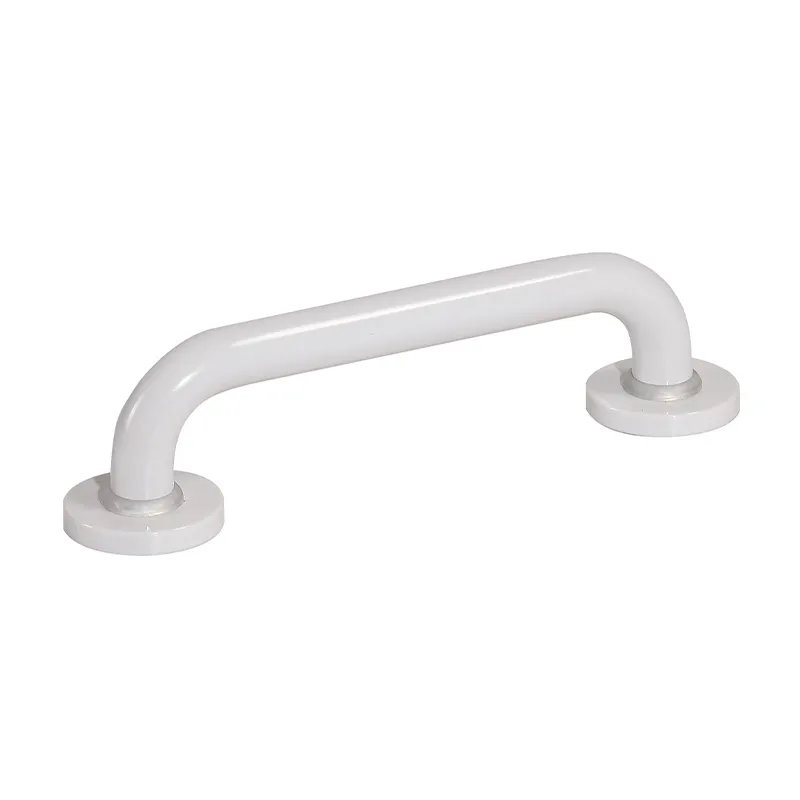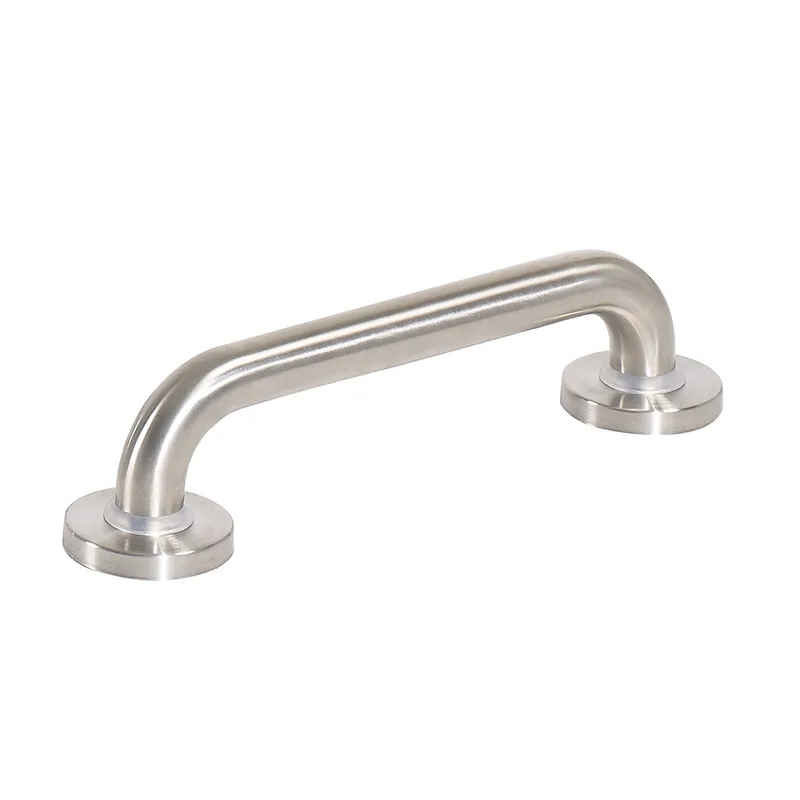
Where is the best place to install a grab bar on a toilet or in the shower?
2024-08-27 15:30
Grab bars, a seemingly simple bathroom fixture, actually have deep functional and safety considerations behind them. For young and old, grab bars in showers and toilets can provide extra safety, especially in slippery environments. This article will take a closer look at the best places to install grab bars, selection criteria for different groups of people, and things to pay attention to when installing them.

Are grab bars in the bathroom only for the elderly?
When it comes to bathroom grab bars, many people may first think "the elderly need them." Indeed, as they age, the elderly's sense of balance and strength may decrease, making them more likely to slip in the bathroom. However, the use of grab bars is not limited to the elderly. In fact, anyone who needs extra balance support or has difficulty moving in slippery environments can benefit from the installation of grab bars.
● Children: Children are also prone to slipping in the bathroom, especially when they may be too active when taking a bath, and grab bars can provide them with extra safety.
● Pregnant women: During pregnancy, women's center of gravity changes, and bathroom grab bars can help them use bathroom facilities more safely when they have difficulty moving.
● Recovering patients: Whether it is post-operative recovery or mobility problems caused by injuries, bathroom grab bars are essential auxiliary facilities in the recovery process.
In summary, the use of bathroom grab bars goes far beyond the elderly. It is suitable for anyone who needs extra support.
What are the criteria for selecting grab bars?
Choosing the right bathroom grab bar is not simple. The following are key factors that must be considered when choosing:
Size
The size of the grab bar directly affects its functionality. Generally speaking, the length of the grab bar ranges from 12 inches to 42 inches, depending on the installation location and the needs of the user. Short grab bars are suitable for installation in small spaces, such as next to the toilet, while long grab bars are more suitable for showers or bathtubs, providing a wider range of support.
Weight bearing capacity
The weight bearing capacity of the grab bar is another key consideration. Generally speaking, the weight bearing capacity of standard grab bars ranges from 250 pounds to 500 pounds. The selection should be determined based on the weight of the user and the requirements of the installation environment. Make sure the selected grab bar can withstand the maximum possible weight to avoid accidents during use.
Material
The material of the grab bar determines its durability and anti-slip performance. Common materials include stainless steel, plastic, and aluminum alloy. Stainless steel handrails are corrosion-resistant and suitable for long-term wet environments, while plastic handrails provide better anti-slip properties. The choice should be based on the actual use environment and personal preference.

How to install handrails next to the toilet?
The installation of handrails next to the toilet is crucial, as it provides additional support for standing up and sitting down. Here are some key guidelines for installing handrails:
Installation height
The height of the handrail should be flush with the user's waist, which is convenient for the user to grasp and get the best support. It is generally recommended that the installation height of the handrail be between 33 and 36 inches, adjusted according to the user's height.
Installation position
The handrail should be installed on the wall next to the toilet, about 12 to 16 inches from the center of the toilet. This distance allows users to easily grasp it without affecting daily use. For the installation of double-sided handrails, it is recommended to install handrails on both sides to provide better support.
Installation firmness
When installing handrails, you must ensure their firmness. Use appropriate screws and wall mounts to ensure that the handrails can be firmly fixed to the wall. For hollow walls or tiled walls, special wall mounts and screws should be used to ensure the stability of the handrail.
How to install handrails in the shower?
The installation of handrails in the shower is equally important, especially in slippery environments, where handrails can effectively prevent falls. The following are key guidelines for installing shower handrails:
Installation location
The handrails in the shower are usually installed on the walls on both sides, and the height should be flush with the user's shoulders or chest. To provide more comprehensive support, a vertical handrail can be installed next to the shower head and a horizontal handrail can be installed on the opposite side for the user to grab at any time.
Installation angle
For shower handrails, horizontal installation and vertical installation each have their own advantages. Horizontal handrails provide a larger support surface and are suitable for use in wide areas of the shower room; while vertical handrails are more suitable for narrow spaces, such as shower entrances, providing better grip points.
Anti-slip treatment
Due to the high moisture content in the shower room, the anti-slip treatment of the handrail is particularly important. Choosing handrails with anti-slip textures or rubber coatings can effectively improve the safety of gripping and reduce the risk of accidental slips.

How much does it cost to install a handrail on a toilet or shower?
The cost of installing a handrail depends on a variety of factors, including the material of the handrail, its size, and the complexity of the installation. Generally speaking, the price of the handrail itself ranges from $20 to $100, with stainless steel handrails being relatively expensive and plastic ones being relatively cheap.
In addition, the cost of installation also needs to be considered. If you choose a professional installation service, the installation fee is usually between $100 and $300, depending on the location and complexity of the installation. For those who are good at hands-on work, you can install the handrail yourself and save this part of the cost.
How long is the service life of the handrail?
The service life of the handrail depends on the material, frequency of use, and maintenance. Generally speaking, stainless steel handrails have the longest service life, usually more than 10 years, while plastic handrails have a relatively short service life, usually 5 to 8 years.
In order to extend the service life of the handrail, it is very important to clean and check the firmness of the handrail regularly. Especially in a bathroom environment with high humidity, avoiding rust or loosening of the handrail can ensure its long-term safe use.
Conclusion
Installing grab bars on toilets and showers is not just for the elderly, it is an important measure to improve bathroom safety. By choosing the right grab bars and following the correct installation methods, anyone can gain extra safety in the bathroom. Whether it is to prevent accidental slips or provide balance support, grab bars are an indispensable device in the bathroom.








